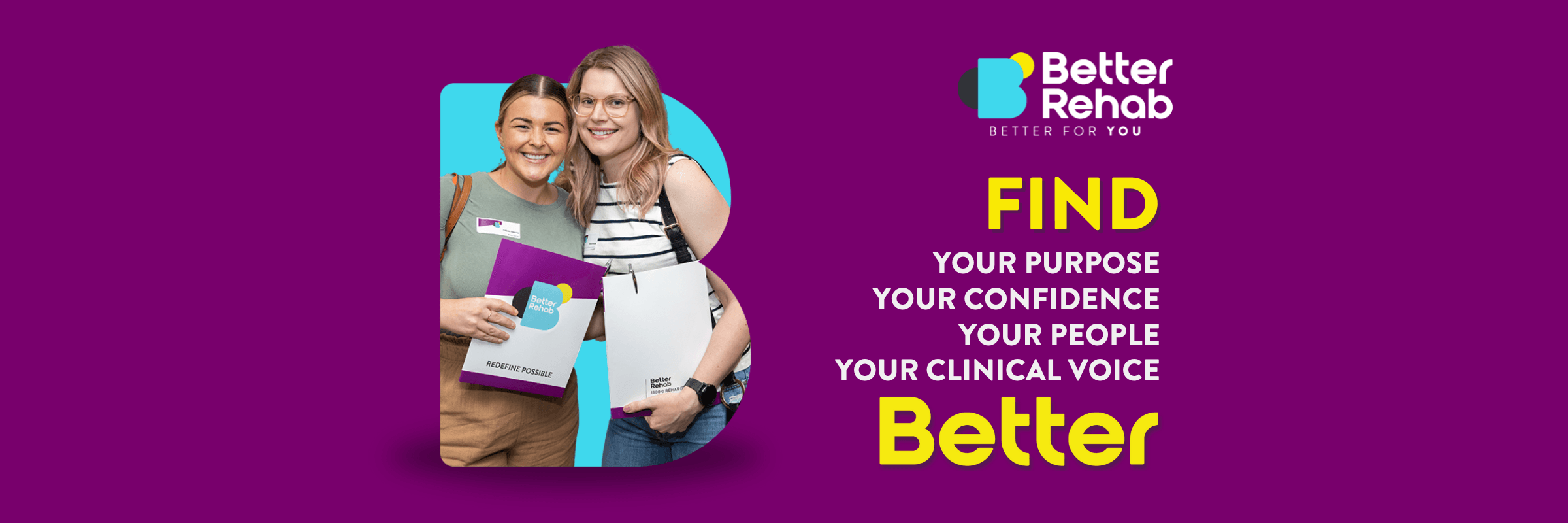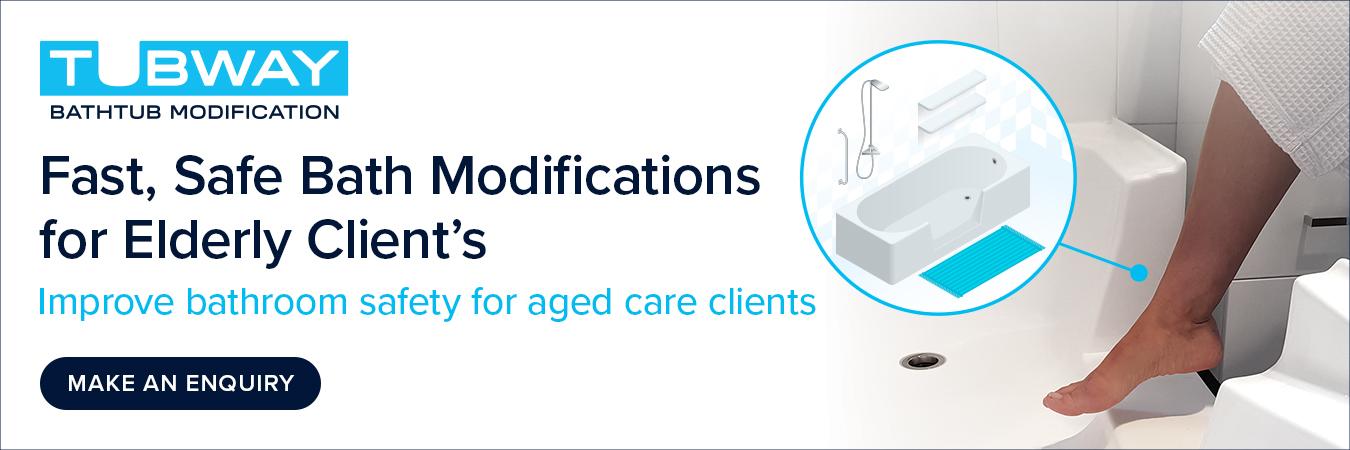
Published: Wednesday 14 May 2025
How do I become a driving OT?
To become a qualified driving assessor and to be able to complete driving assessments, you must successfully complete training requirements in a recognised post graduate training course. Courses can currently be completed in several states in Australia. It’s important to consider the state you will be working in following the training, as licencing processes and requirements differ between states (refer to your state licencing and transport department for more information). Pre-requisite skills and experience vary depending on the course you choose.
Once you have completed your driving assessor training, you will need to register with the state driving licencing authority and provide evidence of your training. There is an expectation that you pursue mentoring/supervision to continue developing your skills following training.
There are several driving interest groups within OTA. These groups are a useful resource for newly trained driving OT’s and a good way to keep up to date with driving practices, to and share experiences. Look on the OTA website for details of upcoming meetings.
What do I do if I am concerned about a client’s driving fitness? What are my legal responsibilities?
Always refer to your specific state licencing authority for information regarding fitness to drive. They are a good resource to provide information to clients on their legal responsibilities regarding reporting of medical conditions that can impact on driving.
Referring to the Austroads Assessing Fitness to Drive Standards, will also give guidance on whether your client may or may not meet the medical standards to hold a licence, and assist in your decision making on whether reporting to the licencing authority is required. This has state by state requirements for clients and health professionals regarding reporting of information.
A client can self-report a medical condition to the licencing authority. They often then require a medical report to be completed by a doctor that knows the client well. If you are aware of a client driving when they are potentially unsafe/not meeting the medical standards to drive, then it is recommended that you inform their GP or state licencing authority directly. Some states have mandatory reporting requirements by health professionals. Follow this link to check for your states rules.
Another useful resource for clients and families developed by OTA is “The Road Ahead: A Guide to OT Driving Assessments". It outlines client, health professional and licencing authority responsibilities nationally and state by state.
Do I need to be a driver trained OT to prescribe passenger modifications, or non-driver related modifications?
You can prescribe non-driver related modifications without being a driver trained OT, as long as you have the competence and training (or supervision) to complete this effectively. Some states and funding programs have requirements of experience and training to be able to prescribe (i.e., SWEP in Vic). If there has been a change in function, that may impact on driving, then you should speak to the driving licence authority or a driver trained OT for advice. You will need to ensure that you are aware of relevant standards and design rules, and may need to complete CPD in this area.
Can I prescribe driving modifications if I am not a driver trained OT?
Any driving related modifications are required to be prescribed by a driver trained OT (even if it is replacing like for like existing modifications).
How can I find a Driver Trained OT?
As with finding any private OT, using the Find an OT directory on the OTA website will link you in with a driving OT in your area. Some public hospitals also have driving OT clinics, and they may not be on the website. Licencing Authorities can also have a list of Driver OT’s available on their websites.
Related Tags




